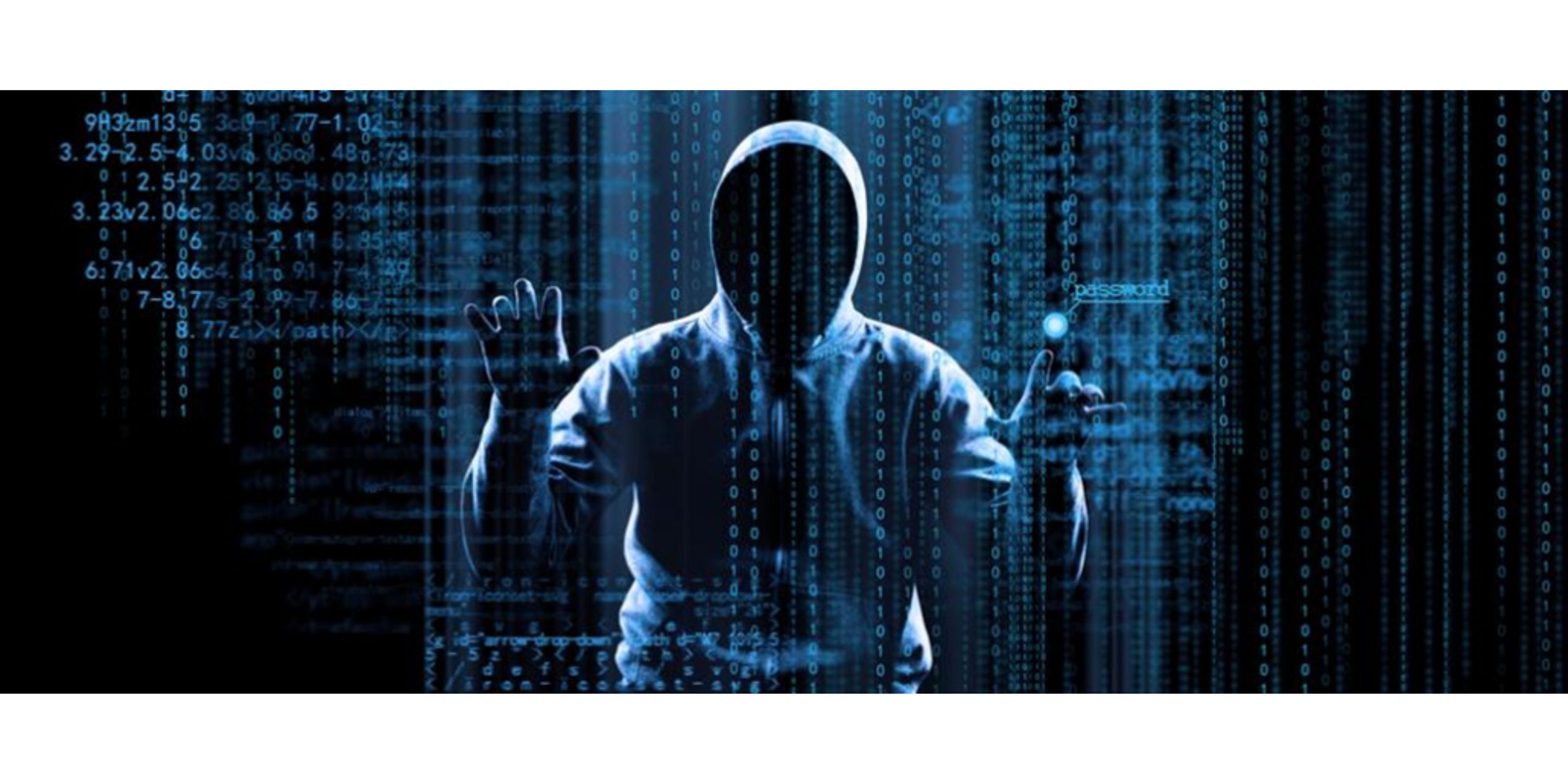For Europeans, digital or cyber activity has increased tenfold since 2012. Working with cyberspace, that is the online world of computer networks important for fostering connectivity, creativity, entrepreneurial growth and commercial opportunities has become as vital as breathing air.
Rising in tandem and just as endemic, cybercrime, an unwanted by-product of cyberspace has become one of the most prominent forms of crime in Europe in 2022. A simple Google search of the word cybercrime will reveal a whole list of recent cybersecurity incidents. These range from attacks on critical EU state infrastructure to everyday citizens, as hackers, either sponsored by rogue states or acting on self-interest take advantage of the elusive, borderless and transnational nature of cyberspace.
This is why every October since 2012, the European Commission, the European Agency for Cyber Security (ENISA), the European Research Executive Agency (REA) and partner organisations (universities, think tanks, NGOs, professional associations, private sector businesses) have celebrated European Cyber Security Month (ECSM). The objective is to raise awareness of the growing threats to cyberspace and promote a high common level of cybersecurity across Europe for the benefit of EU citizens and organisations. Throughout the month of October, hundreds of activities take place across Europe, including conferences, workshops, trainings, webinars, presentations and more.
Ransomewhat & Pshingwho?
This year coincides with ECSM’s 10th anniversary, with themes heavily focused on Ransomware and Phishing. The European Union promotes the latest developments in cyber hygiene by funding next generation research and innovation projects on cybersecurity explained in the following.
A new cyber platform to strengthen telecom cyber security
The increasing complexity of new telecommunication domains such as 5G intensifies the cyber threat landscape and the need for new security solutions and trainings. With this, comes the need for improving the technical security skills of experts and non-experts in the multi-service environments coming with the domain’s 5th generation (5G). The cyber Security Platform for virtualized 5G cyber Range services (SPIDER) extends and combines the capabilities of existing telecommunication and cyber ranges (controlled, interactive technology environments) into a unified facility.
SPIDER’s gamified learning environment enables trainees to master how to use domain-specific cyber protection technologies and collaboratively improve their ability in handling incidents and risks. Complemented by cyber econometric capabilities, SPIDER also enables users to forecast the evolution of attacks and their associated economic impact through the application of innovative risk analysis methodologies, econometric models and real-time attack emulations.
Find out more about SPIDER
Practical autonomous cyber health for resilient SMEs & Microenterprises
The rapid advances in digital technology necessitate finding ways to ensure digital security to help small and medium-sized enterprises (SMEs) recovering from cyberattacks. The EU-funded PALANTIR project aims to implement a framework combining privacy assurance, data protection, incident detection and recovery aspects.
The projects aim at bridging the gap between large enterprises and SMEs / Microenterprises by providing multi-layered, infrastructure-wide threat monitoring, cyber-resiliency and knowledge sharing in a heterogeneous ecosystem. The end result will be an evolving, expandable and unified framework, tailored to the individual needs of every SME and Microenterprise, reducing the complexity level of usual security tools while still being affordable and thus attractive for adoption.
Find out more about PALANTIR
A Cyber-Secure Transport Ecosystem for cities.
As cyber technology evolves, traditional security controls and security assurances for multimodal transport systems in cities are becoming increasingly obsolete (multimodal transport offers people options for safe, attractive, and convenient travel by foot, by cycle or transit). The EU funded City-level Cyber-Secure Multimodal Transport Ecosystem (CitySCAPE) explores different cybersecurity dimensions of multimodal transport.
CitySCAPE is creating a modular software toolkit enabled to be seamlessly integrated into any multimodal transport system. It will detect suspicious traffic-data values and identify persistent threats and evaluate an attack’s impact in technical and financial terms. The CitySCAPE project will be tested over a timely set of use-cases involving ticketing applications, cyber-fraud and location data in the regional transport system of two European cities, Tallinn (Estonia) and Genoa (Italy). Extensive experiments will showcase CitySCAPE’s effectiveness. The findings will steer training sessions for expert and non-expert audiences and shape a strong standardization contribution to security protocols.
Find out more about CitySCAPE
Birthdays are terrible passwords
The value of the EU cybersecurity market is estimated at more than €130 billion and it is growing at a rate of 17% a year. The EU has more than 60 000 cybersecurity companies and more than 660 centres of cybersecurity expertise that all contribute to provide some of the best advice to EU citizens and companies during cyber security month. Use this month to get acquainted with what the EU has to offer on cyber security, upgrade your user passwords to something complicated, these webinars and workshops are free and may just save you a lot of hassle in the future. You never know who’s watching!
Source: European Commission I European Research Executive Agency (https://bit.ly/3TRFJw4)
